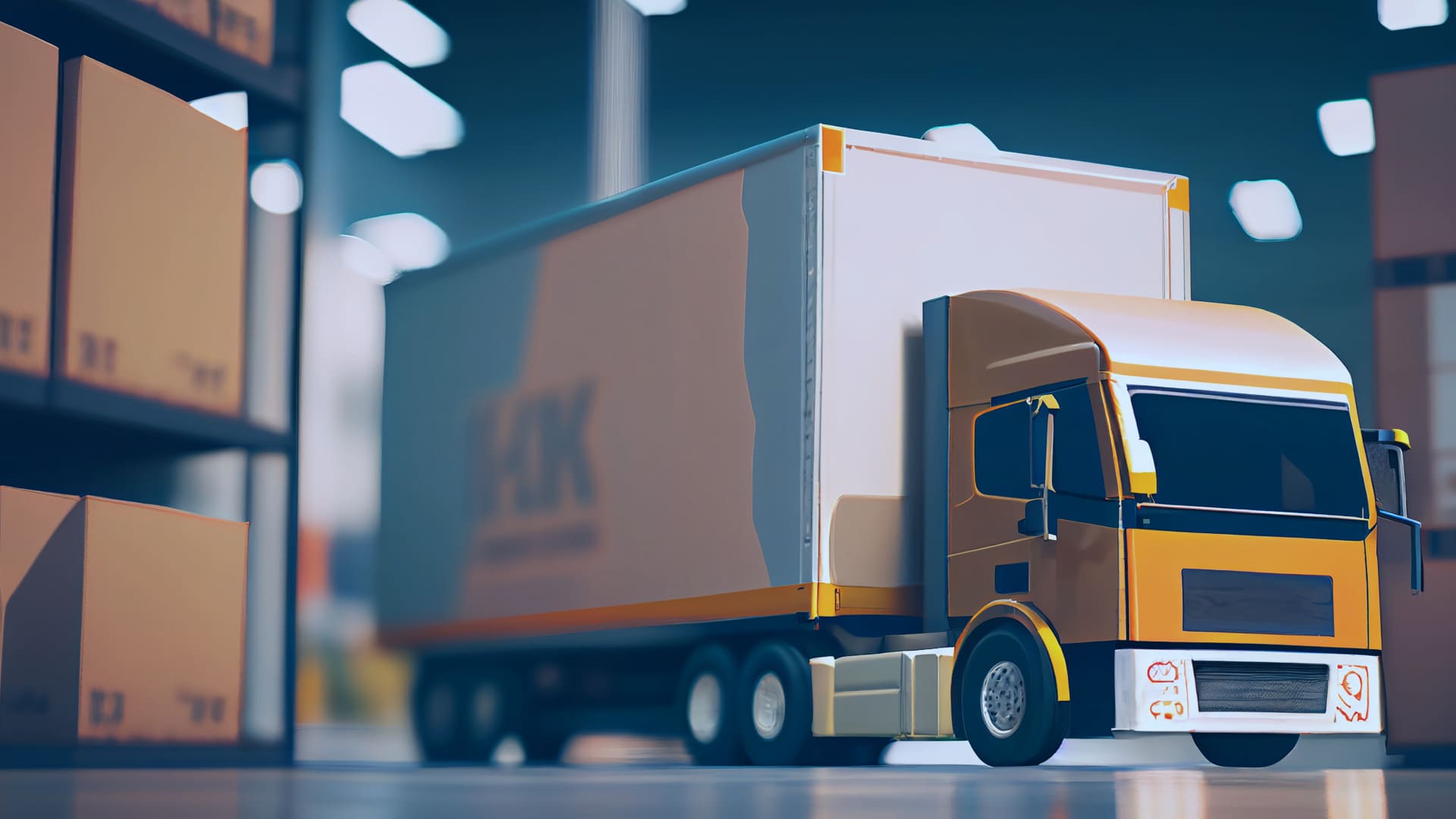In the bustling world of logistics and delivery services, the term “Last Mile Carrier Tracking” has emerged as a crucial component in the chain of supply and distribution. It’s the final leg of the delivery process, where goods are transported from a transportation hub to their final destination. As businesses strive to meet customer demands for speedy and precise deliveries, understanding and implementing advanced Last Mile Carrier Tracking has become imperative. This article will delve into what Last Mile Carrier Tracking is, its significance, the latest trends, and how it integrates with advanced fleet management software, all while keeping the language simple and the content rich with transition words for smooth reading.
The Essence of Last Mile Carrier Tracking
Last Mile Carrier Tracking is a system used by businesses and logistic companies to monitor and manage the final delivery of goods. It’s the critical closing phase where the item reaches the customer’s doorstep, and hence, it’s pivotal for customer satisfaction and operational efficiency. The technology provides real-time data, enabling companies to optimize routes, ensure timely deliveries, and communicate effectively with customers and drivers.
The Significance of Tracking in the Last Mile
In the fast-paced world of e-commerce and retail, customers expect quick, reliable, and transparent delivery services. Last Mile Carrier Tracking is not just about transporting an item; it’s about enhancing customer experience, reducing costs, and improving speed and efficiency. By having real-time visibility, companies can proactively address issues, ensure drivers are on the most efficient routes, and provide customers with accurate delivery times.
Integration with Advanced Fleet Management Software
How Technology Elevates the Experience
Integrating Last Mile Carrier Tracking with advanced fleet management software is like fitting your operations with a high-powered engine. This combination provides a comprehensive overview of your fleet, including vehicle health, driver behavior, and route optimization. It allows for automated scheduling, dispatching, and delivery notifications, ensuring a seamless flow from the warehouse to the customer’s hands.
The Trends Steering Last Mile Carrier Tracking
What’s Shaping the Future?
Staying ahead in the Last Mile Carrier Tracking game means keeping an eye on emerging trends. Currently, the focus is on sustainability, with companies looking for ways to reduce their carbon footprint. Additionally, the rise of smart technology, like IoT and AI, is making tracking more precise and predictive. There’s also a growing emphasis on customer-centric features, such as customizable delivery windows and real-time communication.
The Benefits: Beyond Just Delivery
Why Businesses Can’t Afford to Overlook It
Last Mile Carrier Tracking offers a plethora of benefits. It leads to:
- Improved Customer Satisfaction: Providing customers with real-time updates and timely deliveries enhances their experience.
- Reduced Costs: Efficient routing and delivery scheduling cut down on fuel costs and idle time.
- Increased Transparency: Real-time tracking fosters trust and transparency with customers.
- Enhanced Operational Efficiency: Insight into delivery routes and times helps streamline operations and reduce delays.
Implementing Last Mile Carrier Tracking
Getting Started
Implementing Last Mile Carrier Tracking requires a strategic approach. Start by choosing the right technology partner who understands your business’s unique needs. Ensure the solution integrates seamlessly with your existing systems and provides the features you need, like route optimization, driver communication, and analytics.
Challenges and Solutions
Navigating the Roadblocks
While implementing Last Mile Carrier Tracking can revolutionize your delivery services, it’s not without its challenges. Issues like data privacy, technology adoption, and cost can be roadblocks. However, with the right strategy and technology partner, these can be navigated successfully. Prioritize data security, invest in training for your team, and choose a scalable solution that grows with your business.
Learning from the Best
Many companies have transformed their delivery services through Last Mile Carrier Tracking. For example, a retail giant optimized their routes and reduced delivery times by 30%, significantly enhancing customer satisfaction. Another company used predictive analytics to anticipate delivery issues before they happened, improving their on-time delivery rate.
The Future of Last Mile Carrier Tracking
What Lies Ahead?
The future of Last Mile Tracking is bright and brimming with potential. We can expect further integration with advanced technologies, more focus on sustainability, and even more customer-centric features. Companies that embrace these trends and continuously innovate will lead the pack.
Conclusion: Embracing the Journey
Last Mile Tracking is more than a trend; it’s a fundamental shift in how businesses approach delivery and logistics. By understanding its significance, keeping up with trends, and integrating it with advanced fleet management software, companies can not only meet but exceed customer expectations. As we move forward, the journey of Last Mile Tracking will continue to evolve, offering even more ways to deliver excellence.
FAQs
What is the primary benefit of Last Mile Carrier Tracking?
The primary benefit is enhanced customer satisfaction through timely, transparent, and efficient delivery services.
How does Last Mile Carrier Tracking integrate with fleet management software?
It integrates by providing real-time data on vehicle location, route optimization, and driver performance, all of which enhance delivery efficiency.
What are the current trends in Last Mile Carrier Tracking?
Current trends include a focus on sustainability, the integration of smart technologies like AI and IoT, and the development of customer-centric features.
How can businesses overcome challenges in implementing Last Mile Carrier Tracking?
By choosing the right technology partner, prioritizing data security, and investing in team training, businesses can effectively implement and leverage Last Mile Tracking.
In embracing Last Mile Tracking, businesses embark on a journey toward enhanced delivery, operational excellence, and customer satisfaction. As this technology continues to evolve, it will undoubtedly unlock new potentials and opportunities for those willing to adapt and innovate.



